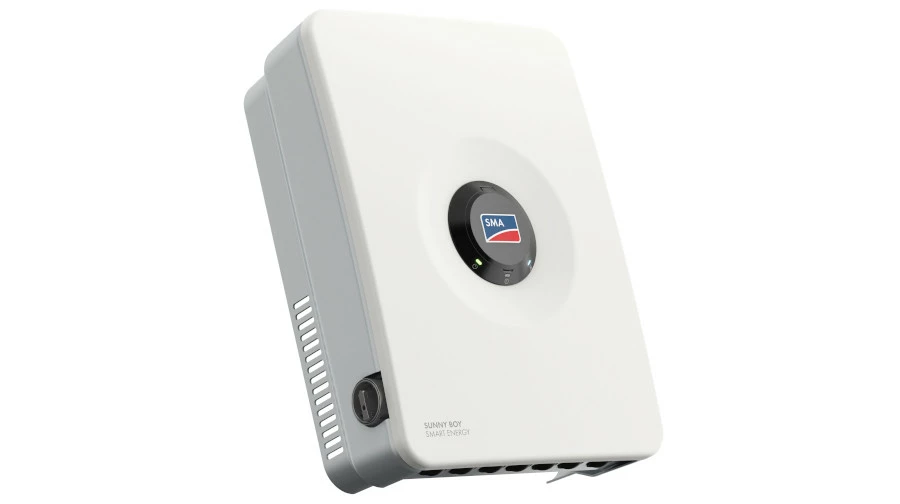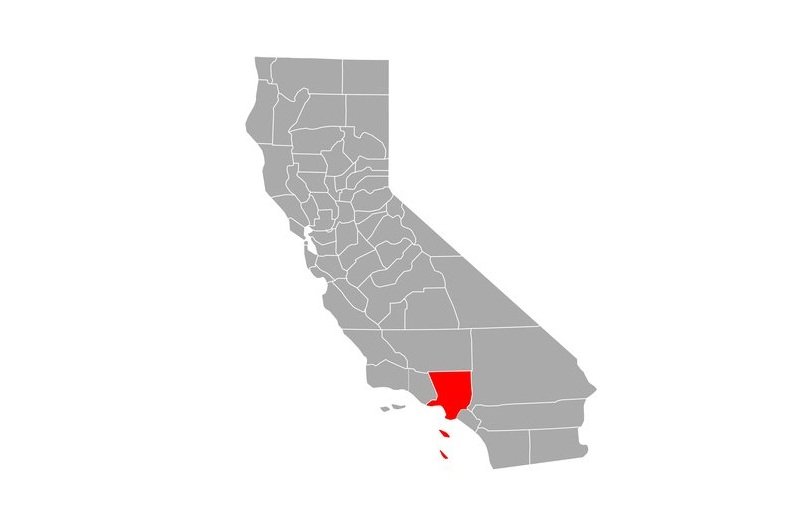The next phase of Massachusetts’ solar revolution
Explanation of SMART 3.0 and 2024 Climate Act Clean Energy Reform Provisions

By Robert J. Munnelly, Jr. | Massachusetts has led the Northeastern U.S. states in encouraging solar photovoltaic technology as a renewable energy resource. These efforts started with the Department of Energy Resources (DOER) implementing ambitious Solar Renewable Energy Certificate (SREC) carve-out programs in 2010 and 2014, followed by the first two phases of the Solar Massachusetts Renewable Target (SMART) incentive tariff program, which commenced in 2016 and 2020.
Massachusetts is now ready to launch the next phase of its solar revolution with the June 2025 promulgation by DOER of emergency regulations launching new SMART 3.0 regulations at 225 CMR 28.00, and the legislature’s decision to enact aggressive solar and clean infrastructure siting and permitting reforms in the 2024 Climate Act legislation (Climate Act). See Senate Bill 2967 (signed into law on November 20, 2024).
As outlined below, SMART 3.0 and Climate Act changes will require substantial implementation by agency, developer and community stakeholders and will shape the course of Massachusetts solar development for years to come.
SMART 3.0
SMART 3.0 is sparked by concerns that the two earlier iterations of the SMART program required substantial refinements to improve long-term economic viability of solar projects and meet additional environmental and community-based policy objectives. Following years of planning, DOER promulgated SMART 3.0 as immediately effective emergency regulations, which will be finalized after receiving stakeholder and public comments by the end of Summer 2025. At the same time, DOER also revised the 225 CMR 20.00 SMART 2.0 regulations to accommodate the program transition and establish a firm end date for the eligibility of projects under the current program. Key elements of SMART 3.0, as it is now finally taking shape, include the following:
Annual assessment process
Instead of relying on long-term projections that were adjusted over time, as performed by earlier SMART iterations, SMART 3.0 will launch a process to set program capacity caps and compensation/adder rates each year. The annual results will be based on a combination of stakeholder surveys, updated data and analysis of factors, such as participation rates, ratepayer impacts, local and national solar costs, and greenhouse gas and other environmental protection goals. This new process will enable swifter adjustments to program parameters based on market conditions and the latest data.
Capacity start value
Maximum program capacity for 2025 will start at 450 megawatts (MW), before transitioning to the annual adjustment process. Projects under 25 kW and behind-the-meter-projects under 250 kW will not be subject to capacity caps.
Compensation rates
Compensation rates will vary by a variety of factors, starting at $0.03 per kWh for the smallest (under 25kV) projects and then ranging from $0.2821 down to $0.1729 based on project size.
Adder Rates and Exclusions/Conditions
Adders to provide extra incentive to clean energy developers to achieve policy goals will range from $0.08 kWh for agricultural and canopy programs to $0.07 for community shared solar, and $0.06 for landfill projects, with lesser adders for building-mounted, brownfield, public entity, and floating projects, among others. Energy storage will have an annually varying rate, and all solar projects over 1MW will be required to pair with energy storage.
Notwithstanding the generous adder incentives under SMART 3.0, specific ground-mounted projects will be ineligible for any incentives if located on state and nationally protected lands and habitats.
Additionally, even where eligible for certain SMART 3.0 incentives, ground-mounted projects will be subject to mandatory reviews by DOER environmental monitors at developers’ expense. There will also be mandatory project performance standards and payments of mitigation fees based on project size and a variety of environmental impacts.
Programs to Maximize Equity and Consumer Protection
Community Shared Solar (CSS) programs are entitled to subsidies. Still, they must meet exacting requirements, including 40% low-income participation for private projects and 100% low-income participation for alternative utility or municipal aggregation projects. CSS participants are also guaranteed minimum benefits, specifically at least 10% for market-rate residents and 20% for low-income residents. Finally, for private programs run by third parties, participants must receive minimum savings of at least 10% compared to the current basic service prices for the first year of the solar contract.
SMART 2.0 Project Eligibility End Dates
To bring SMART 2.0 to an orderly close, DOER also amended SMART 2.0 regulations at 225 CMR 20.00 to set end dates for new SMART 2.0 applications and for maintaining existing approved applications. Specifically, DOER set a deadline of December 31, 2026 for accepting Statements of Qualification Applications under SMART 2.0. Similarly, to maintain a Statement of Qualification Application under SMART 2.0, solar projects must prove to DOER’s satisfaction that on-site physical work of a significant nature began before December 31, 2025. If significant work has not commenced by 2025-year end, the developer must file under the new SMART 3.0 requirements, if at all.
Climate Act Permitting Reforms
Frustrated by the lack of state or local siting and permitting deadlines and coordination among agencies for reviewing clean energy projects, the Climate Act acted to fundamentally change, consolidate and streamline state agency and local permitting and court appeal processes for solar and other clean energy siting requests. Notably, the Climate Act also includes measures to strengthen community engagement in each siting process – measures that could well require additional work for all parties involved in the permitting process, thereby creating challenges for timely project completion.
Separate Consolidation Processes for State Permits and Local Permits.
The Climate Act addressed longstanding problems caused by the potential existence of multiple project-specific state or municipal permitting processes, each with its own unique substantive and procedural requirements, by mandating that all state proceedings be reviewed in a single consolidated state proceeding, and all municipal proceedings be reviewed in a single consolidated municipal proceeding. These respective permit consolidations are intended to encourage state and local agencies to collaborate and coordinate application processes for the benefit of clean energy developers.
Maximum Time Limits on State and Local Permits.
In addition to requiring consolidated proceedings into a maximum of one state and one municipal proceeding, respectively, the Climate Act also imposes strict outside deadlines for completing each of the consolidated processes. The maximum outside deadlines are 15 months for all state proceedings and 12 months for all municipal proceedings. Failure to issue required state or local permits within the outside deadline date could result in constructive approval of all requested permits.
Consolidated Appeals of State and Local Permits.
Once the respective state and local consolidated unified permits are issued, any challenges to permit grants or denials would also be handled on a consolidated basis. Specifically, all challenges to state permits would be directly appealed on a consolidated basis to the state Supreme Judicial Court (SJC), and local permits would be directly appealed first to the State Energy Facilities Siting Board on a de novo record with a maximum six-month review period, and, from there, directly to the SJC. Communities affected by a local permit grant or denial will automatically be granted intervenor status in the pertinent appeal upon request should the developer appeal any local permitting decision to the EFSB.
Implementation of the New Consolidated and Time-Limited Processes.
On its face, the Climate Act permitting reforms will impose Herculean tasks on all parties involved in permitting clean energy facilities. Agencies will need to work cooperatively with other agencies to coordinate schedules and complete work within specified, limited time periods. Developers likewise will need to meet substantive and procedural requirements imposed by multiple agencies with distinct responsibilities within the same limited time periods. Community interest groups will be encouraged to provide input into siting decisions, but they are also subject to similar constraints to provide timely feedback to the relevant agency at the appropriate times during consolidated state or local proceedings.
The response of the Climate Act and implementing agencies to these challenges? Rely on the newly formed DOER Division of Siting and Permitting to develop a new standard application and a uniform set of baseline health, safety, and environmental standards for by state and local decision-makers. Among other things, most developers will need to submit a new Cumulative Impact Analysis (CIA) that will comprise a comprehensive analysis of potential environmental, social, and economic impacts of larger new clean energy projects.
At the same time, community engagement goals will be supported by the development of new guidelines by a new DOER Office of Environmental Justice and Equity. To achieve all of these goals, DOER is charged by the Climate Act to conduct a rulemaking, with the final decision to be issued not later than March 2026, and applicable to all clean energy projects commenced on or after July 1, 2026. Given the complexity of the requirements needed for all these changes, timely completion of these critical Climate Act regulations could be challenging.
Prospects for solar developers under SMART 3.0 and Climate Act
The complex new requirements for SMART 3.0, with the potential for significant changes as the incentives and adders adjust annually, and the new siting and permitting requirements under the consolidation and time-limited deadlines under the Climate Act, will require new levels of advanced planning and nimble execution by Massachusetts clean energy developers starting by mid-2026.
Developers will need to go to school on the SMART 3.0 program components applicable to their projects and also closely follow the permitting guidance that will be developed once DOER and other state agencies fully implement new regulations, which are due to be released in Spring 2026.
Robert Munnelly is a regulatory and business lawyer at the Davis Malm law firm. He has extensive experience dealing with legal issues faced by clients in highly regulated industries. He represents competitive energy, renewable energy and communications companies nationally and routinely represents clients in a wide range of regulatory and business issues. www.davismalm.com





Comments are closed here.